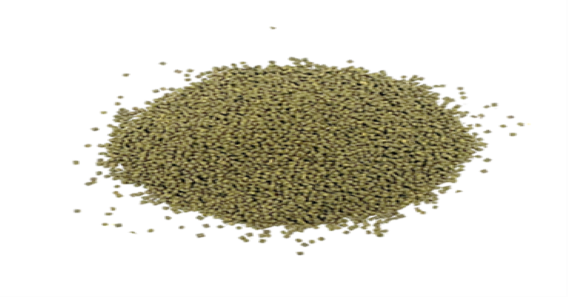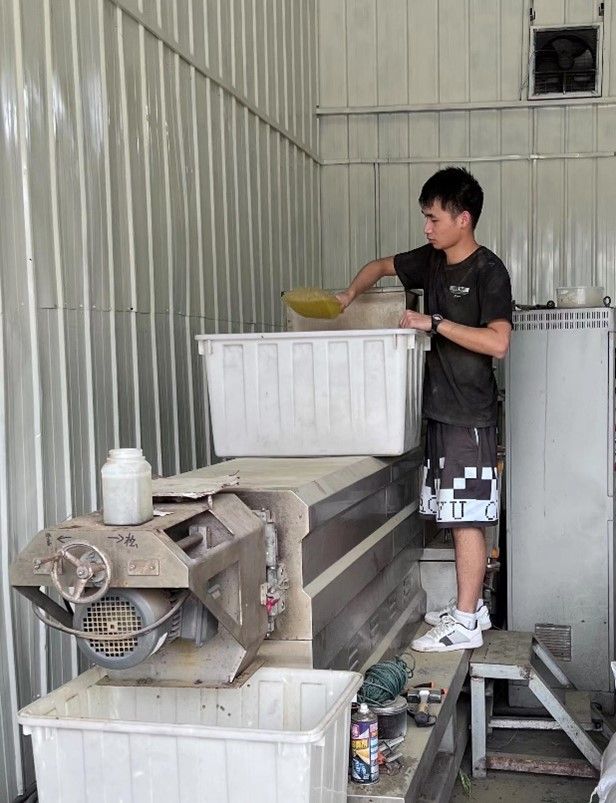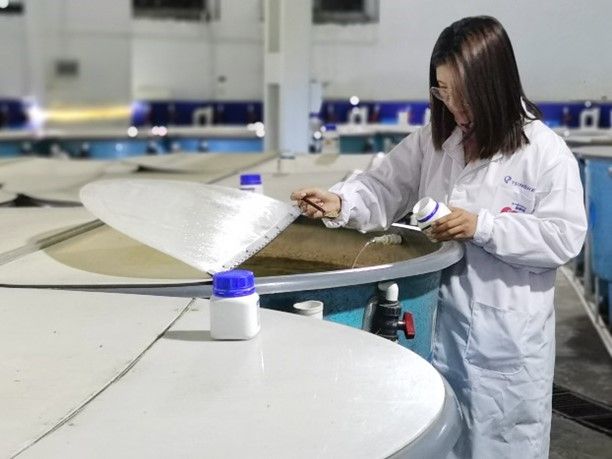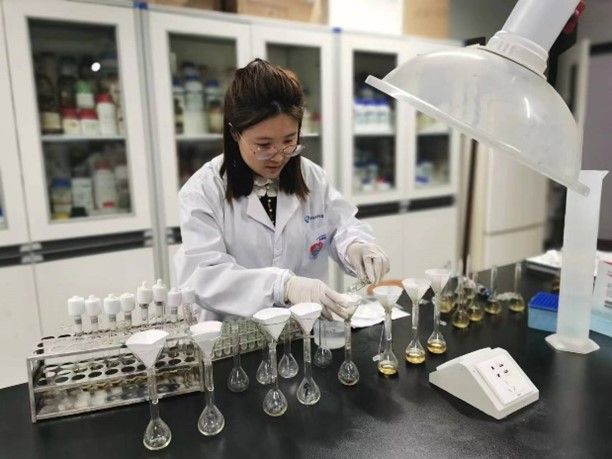Microalgae as fish feed ingredient
Dec 08, 2022
Microalgae as primary producer can remove nutrients from wastewater and produce many high value ingredients, including lipids, proteins, polysaccharides, pigments, vitamins, and other bioactive compounds, all of which are widely used in food and pharmaceutical products. Aquaculture is growing faster than any other food production and is crucial for maintaining the consumption of fish as the world's population grows. The rapid development of aquaculture increases the demand for feed ingredients, making the discovery of new sustainable protein sources ever more important. Microalgae, containing high levels of protein, can partially substitute fishmeal in aquatic feed or be used as feed additives to improve the quality and immunity of aquatic animals. However, the safety of microalgae grown on wastewater, and the health risks and potential nutritional benefits used in feed applications, need to be assessed.
The microalgae Chlorella sorokiniana cultured from aquaculture wastewater was used. Following the determination of chemical composition, the microalgae biomass was used in feed formulation to replace fishmeal in the diets of gibel carp (Carassius gibelio). The feed was made by students at the Institute of Hydrobiology (IHB). We conducted a 56-days fish feeding trial at IHB to investigate the effects of the microalgae on growth performance, health, and quality of gibel carp. Notably, the microalgae can partially replace fishmeal in the feed formulations and showed no effects on the growth performance of the fish. The antioxidant ability was improved when fish were fed microalgae diets. The immune ability and quality of the fish will be analyzed.
The harvested microalgal biomass from aquaculture wastewater had high nutritional values, and the microalgae is recognized as a renewable ingredient source with the potential to promote sustainable development of aquaculture.

Student from IHB formulating the fish feed.

Feeding gibel carp.
Samples being analyzed by master student at IHB, China.
